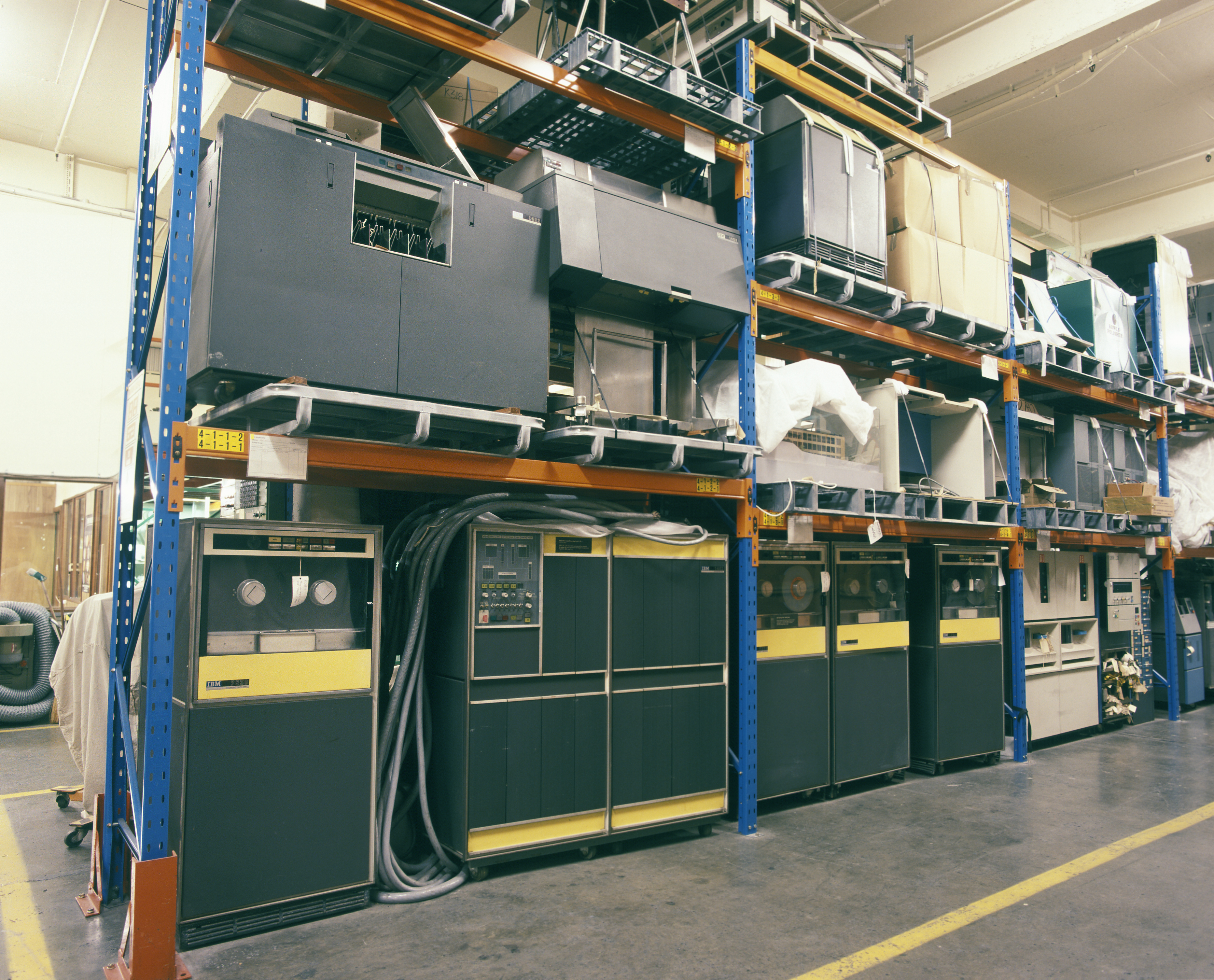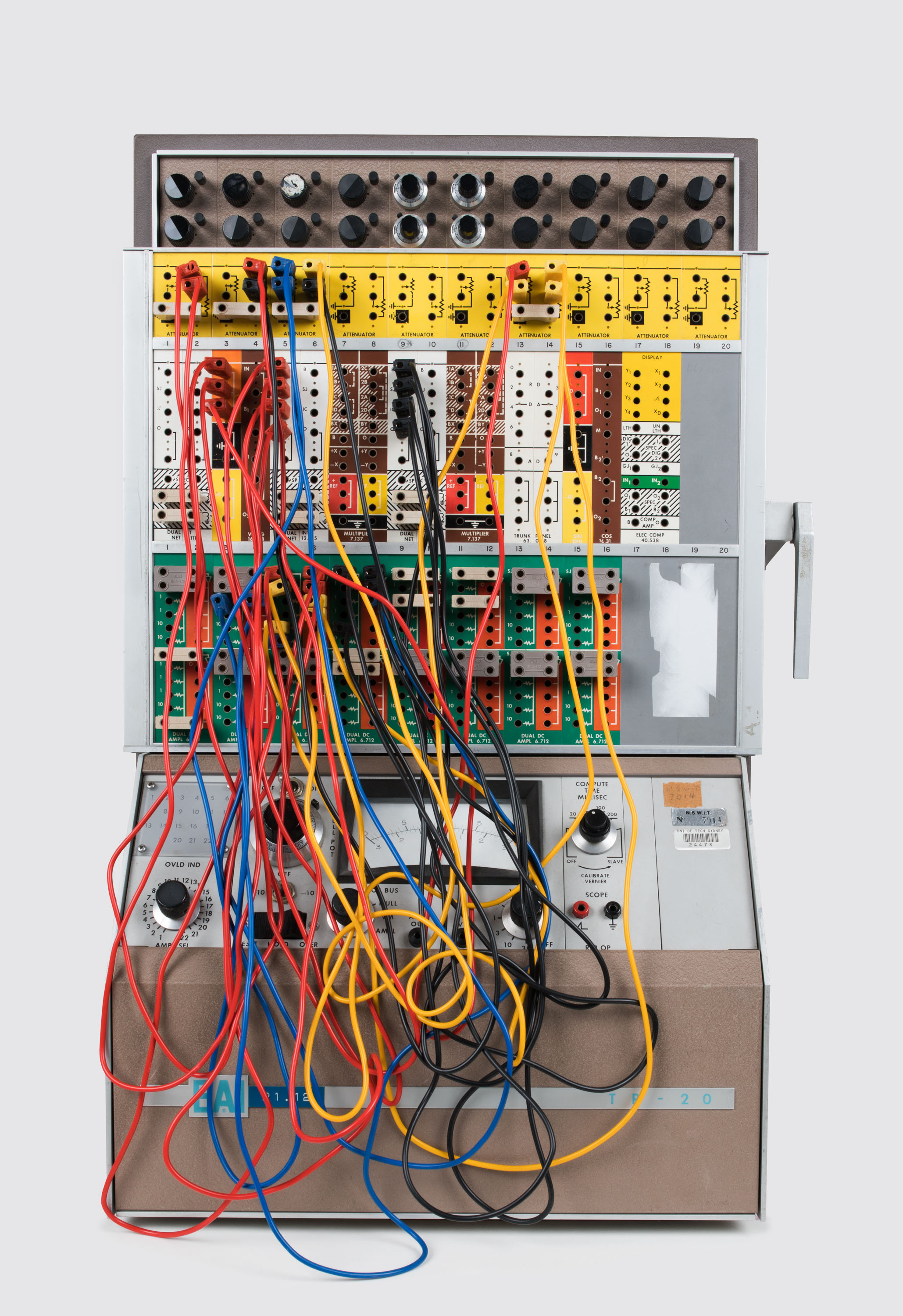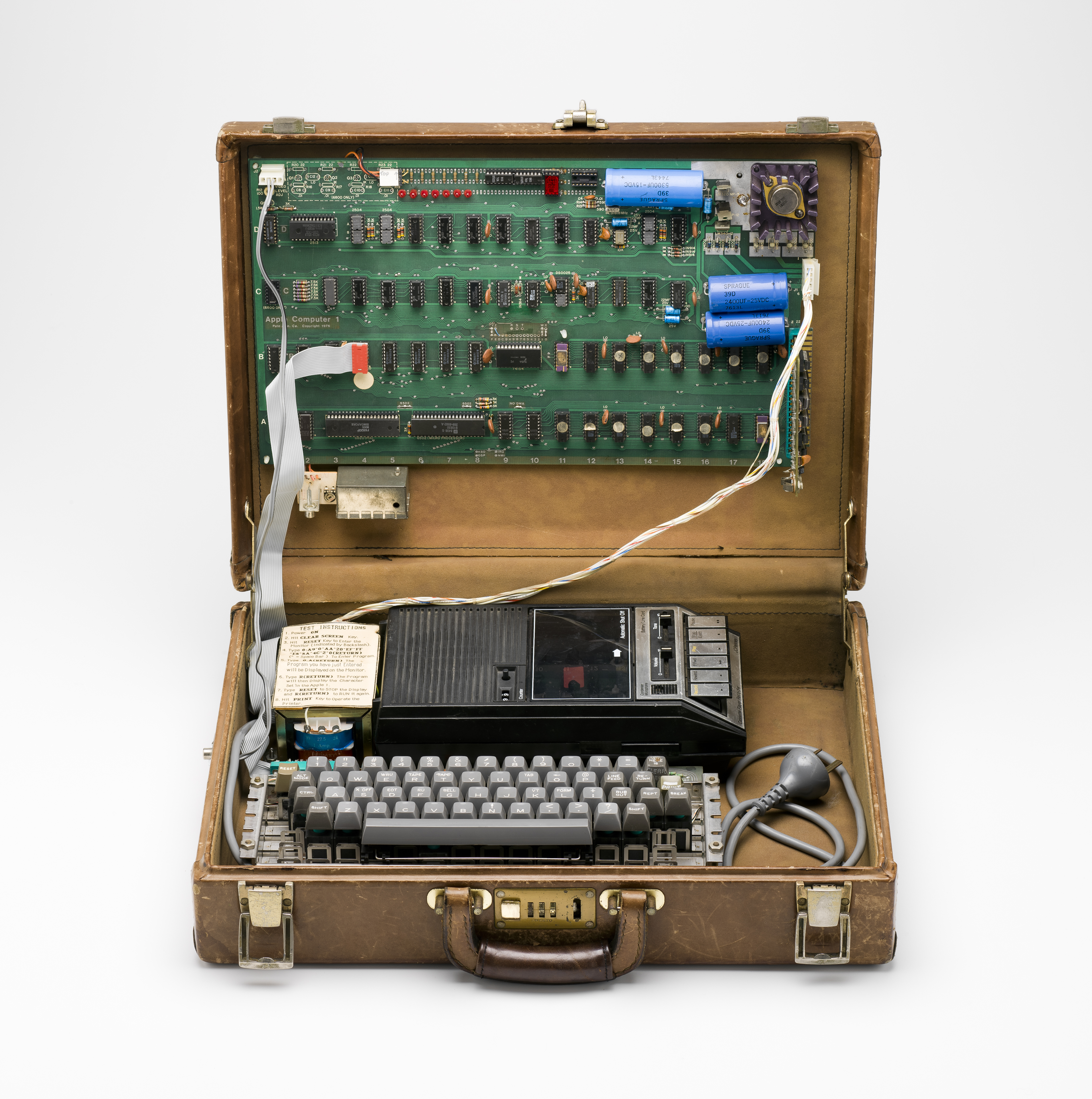Today our computers operate in binary (1s and 0s) but this has not always been the case. For many years analogue computers where more effective than their digital counterparts, and were widely used in scientific and industrial applications where digital computers of the time lacked sufficient performance.
The main difference between an analogue computer and today’s digital computers lies in how they store their information and undertake calculations. Unlike the simple 1 and 0 of a digital computer, analogue computers use continually changing aspects of their physical parts to model problems and discover solutions. In electrical analogue computers, information was measured in the continuous fluctuations of electricity through the computers systems.
Both analogue and digital computers were used at the same time, right up to the end of the 1970’s. This was mainly due to the size and speed limitations of early digital computers. Although not always as accurate, analogue computers were more compact and could be easily re-programmed to better model changing systems.

Early digital computers, such as the above (which weighed in at around five tonnes) required entire rooms to store all of the drives and memory banks of the computer. By comparison analogue computers from the 1960s could sit easily on a desktop.
Analogue computing had significant applications, in areas such as engineering, aeronautics, aerospace and the military, well into the late 1970s. General-purpose analogue computers were the only systems fast enough to run real time simulations, making them ideal in these professions. The PACE TR-20 from EAI is an example of the transistorised desktop computers that were commonly in use during the 60s and 70s. This PACE TR-20 was used at the University of Technology Sydney (UTS, then the NSW Institute of Technology) up until the 1970s to train engineers in the use of analogue computational engines. The wires plugged into the front code the program for the machine to run.

Used by the Electrical Engineering Department, students learned to solve engineering problems on this machine, particularly in relation to electrical engineering. Before this type of system students performed the necessary calculations on slide rules or large mainframe computers. Digital mainframes had the benefit of being easier to code than the mess of wires on an analogue ‘patch panel’ however access to the single university mainframe was often hard to come by.
A shift to transistors from early valve technology saw digital computers shrink in size. Still, it was not until the 1980s, when solid state memory became readily available, that we started to see a shift towards the compact, affordable and efficient computers of today.
Below is the Apple I computer, which could fit easily inside a briefcase. Inside this model you can clearly see the motherboard (green panel up the top), tape reader (for loading and saving programs) as well as the keyboard and power supply cable. The Apple I was designed, manufactured and sold by Steve Jobs and Steve Wozniak in the mid 1970s and launched the Apple Computer Company. Apple I computers are rare with only around 50 examples in public and private collections worldwide surviving from a production run of approximately 200.

Today all the functionality, and more, of the early IBM mainframes fits within our hand held in devices like tablets and smart phones. In a little over 50 years, the technology we use to compute, calculate, remember and communicate has changed significantly. With current research in quantum computing, it seems likely our future will hold new and unimaginable technology.
Nina Earl, Assistant Curator, 2018
The Apple 1 shown as being “in a suitcase” is incorrect.
It is actually a regular sized briefcase, which was one of the selling points that made these systems differ from competitors of the time.
Hi Raymond, Thank you so much for your pick up. We have updated the text of this post to reflect that it is indeed a briefcase. It really is a marvelous piece of computing technology.